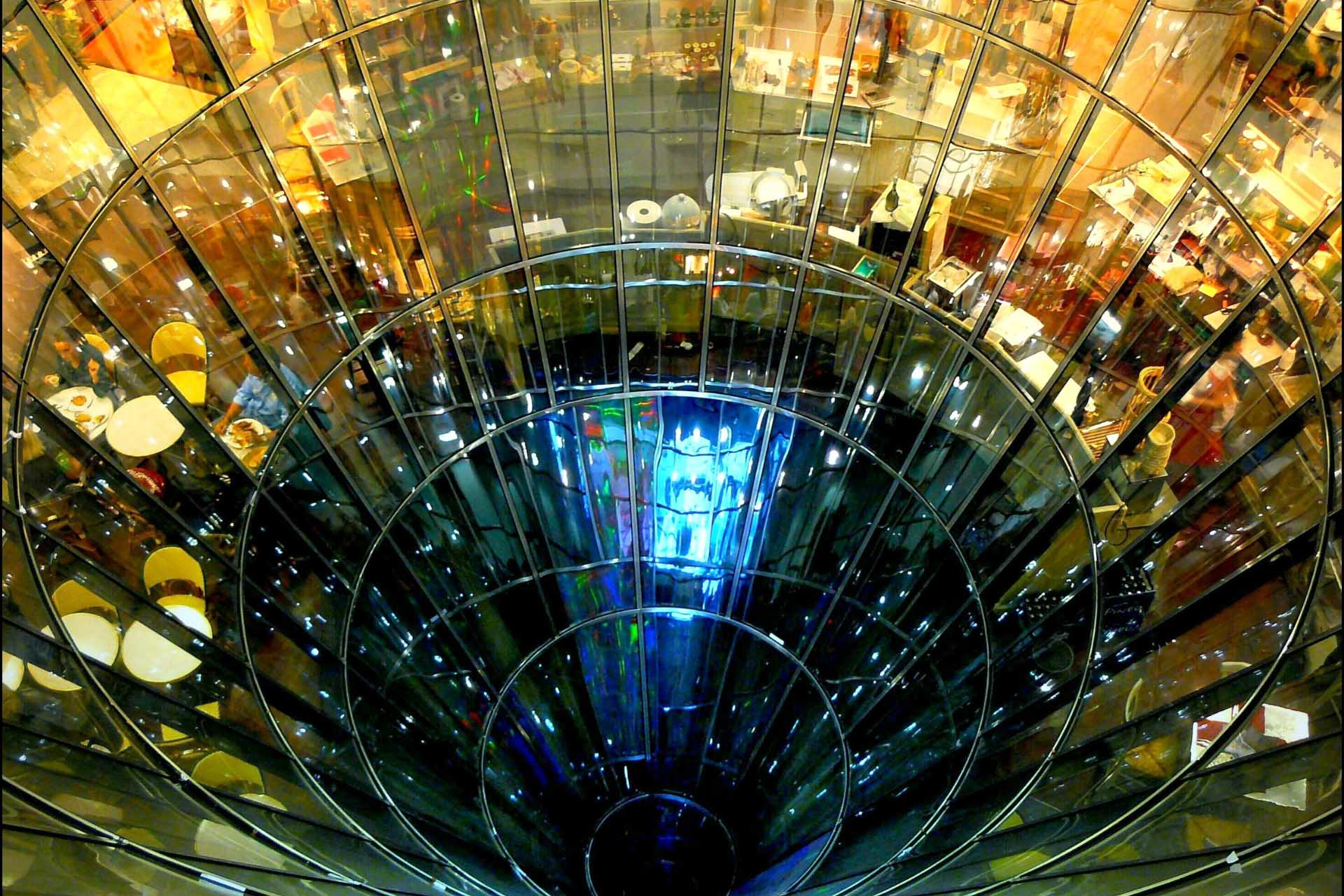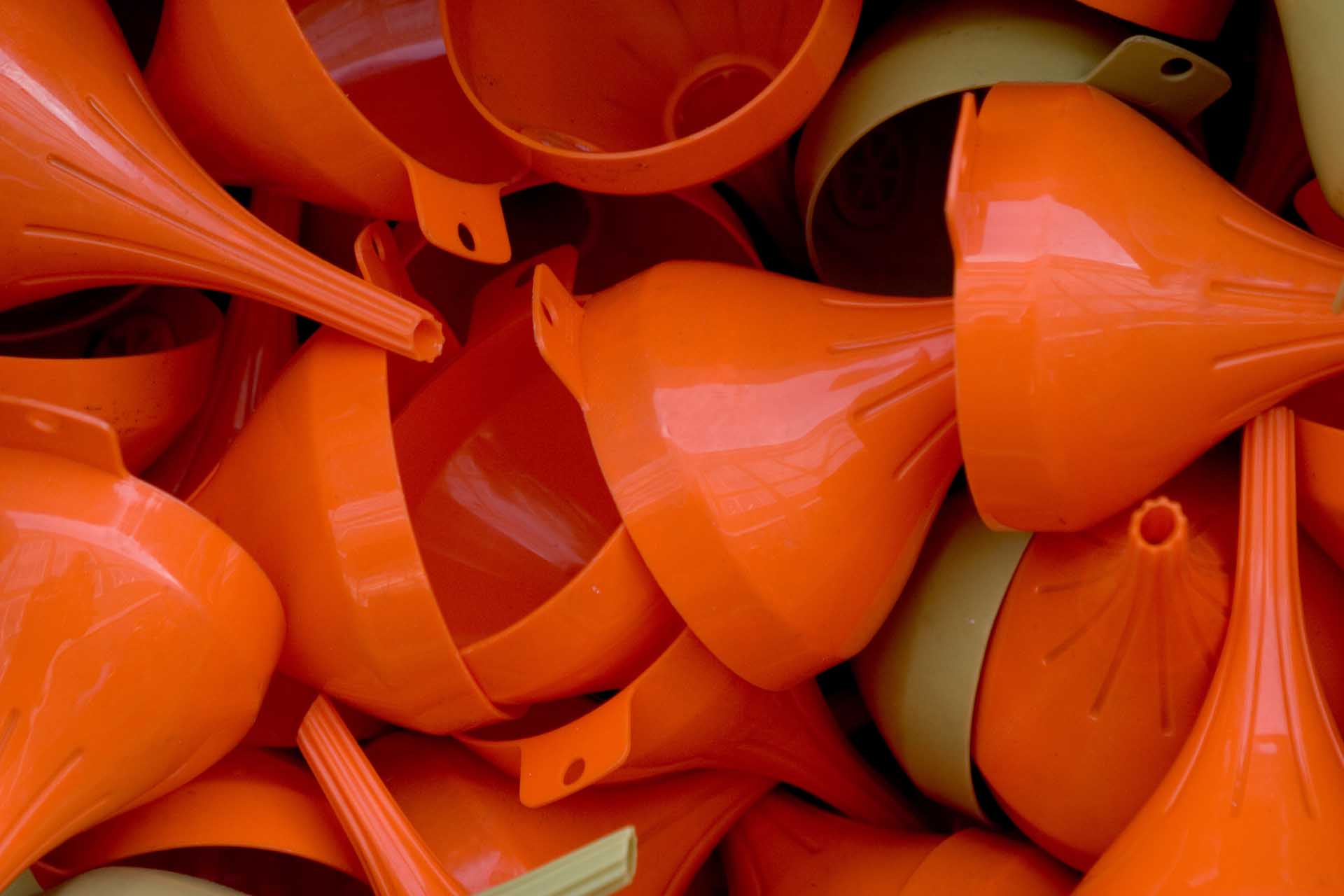Funnels are definitely something of a buzzword when it comes to both sales and marketing. A lead funnel, however, is a little more unheard of. Lead funnels are quickly becoming incredibly important aspects to businesses, across their sales and marketing departments. Developing one of your own is a surefire way to scale business success.
In this article, we’ll share information on lead funnels, with the aim of empowering you to create one within your own business. We’ll cover:
- What Is A Lead Funnel?
- Is A Lead Funnel The Same As A Sales Funnel?
- The Three Stages Of A Lead Funnel
- Awareness
- Consideration
- Conversion
What Is A Lead Funnel?
A lead funnel, unsurprisingly, is all about leads. It’s a visual way of representing the journey that your customers will take from obscurity to becoming a lead. Those leads will eventually become prospects, and some of those prospects will eventually become customers. The lead funnel focuses on the conversion of someone that has shown a fleeting interest in your products or services, into someone that has the potential to become a bonafide customer.
Imagine a funnel shape. At the top of the funnel, you have a wide section, this is where the largest group of people sit. They have a very minor interest in your business. The narrower the funnel gets, as the customer journeys down it, the more likely they are to become a lead.
Not every lead will start at the top and come out at the bottom unless your conversion rate is 100%, which is unrealistic. It’s also true that not every lead will enter the tunnel at the top, they might enter at a lower level and continue their journey from there.
If your business is serious about maximizing conversions and making the most out of the opportunities that you’re presented with, a lead funnel is a must-have. It’s a mandatory part of your sales process.
Is A Lead Funnel The Same As A Sales Funnel?
Short answer, no. The longer answer takes a bit more explanation. You’d certainly be forgiven for thinking that they’re the same, after all, they’re shaped the same when represented on paper. There are important nuances that you should pay attention to that make them very different.
A sales funnel doesn’t end when a customer converts, it becomes somewhat cyclical. That means current and past customers can easily re-enter the funnel to make purchases again based on your activity within the business. Everyone that sits within a sales funnel is either a previous customer of the business or a qualified lead. You might also track different sales funnel metrics.

Source: Canva
A lead funnel, on the other hand, focuses on new business.
It’s also worth knowing that neither of the above is a sales pipeline either. The sales pipeline is a series of activities conducted by your sales team to move a person along the above funnels.
Lead funnels work on the basis that your marketing and sales teams can work in tandem with each other. One flowing into the other, with the lead funnel covering all activity within. It’s a formalization of the process with the aim of maximizing your conversion rate and opportunities. That shouldn’t be at the expense of a tailored and personalized sales process, but it should act as a guide for every person that has the potential of becoming a customer.
The Three Stages Of A Lead Funnel
Lead funnels are nice and simple. They comprise three core stages: Awareness, Consideration, and Conversion. Awareness sits at the top of the funnel. Consideration in the middle. Conversion at the bottom. Of course, you could segment each part even further, but you’ll find that almost all people going through the funnel will fit somewhere within these three stages.
Awareness
The aim here is to make people know that you exist. When someone has a problem they don’t instantly start searching for products, instead, they start searching for solutions. Your product may well be that solution, but they might not know that it’s even an option at this point. Your business should be aiming to make itself known during that research stage.
This is typically accomplished through cold email, content marketing, SEO, and advertising. Any way that you can get onto someone’s radar is a great way forward. Many businesses build huge banks of content with the sole aim of helping someone that is searching for answers to questions. Content needs to be helpful, engaging, and without a hard sell. Remember, the aim here is to make people aware of your existence. Not to sell to them.
During the awareness stage, your sales team might also be engaging in proactive activities. Prospecting potential customers and reaching out to them from the ether.
Consideration
Arguably the meatiest of the three stages. Consideration takes time. People will consider their options. Don’t expect someone to become aware of you one week, consider their options the next, and convert before the end of the week. People need to get to know you, they might want to complete some test runs, and they might even forget about the process altogether to revisit it at a later date.
At this stage, your business needs to keep that customer within its sphere of influence. You need to maintain a position on their radar, otherwise, other businesses will take your place and that customer.

Source: Canva
Email marketing works wonders here; a gentle campaign that pops up in their inbox, delivers value and doesn’t ask too much of the recipient is the way forward.
It’s worth noting that it’s at this stage that many leads disappear, or get forgotten about. That’s why it’s worth investing in smart marketing tools or sales engagement platform.
Conversion
This is the make-or-break stage of the funnel. Someone is ready to make a purchase, now all they have to do is make it. It’s easy to think that at this stage it’s all on the potential customer. After all, they are the ones making the purchase, but that’s not the case. It’s important to keep up engagement with them, showing that you want to help and make their life easier, rather than simply take their money. Customer service and customer engagement is incredibly important at this stage.
Once someone has gone through the conversion process, they enter the sales funnel once again, repeating the process to continue their customer journey with you.
Key Takeaways
There are myriad ways that you might create a lead funnel. They’ll look and feel slightly different for each business, but they’ll certainly help hone the focus of both the sales and marketing teams within your business. Consider your individual case, then look to develop your own unique lead funnel.
- Pay attention to the difference between a lead funnel and a sales funnel.
- Engagement across the business is required for maximum effectiveness.
- Email marketing plays a crucial role throughout the lead funnel.
Thinking of developing your own lead funnel? You’ll want a powerful email marketing tool to help develop your process. Instantly is your perfect choice, especially seeing as you can get started with it for free today.





